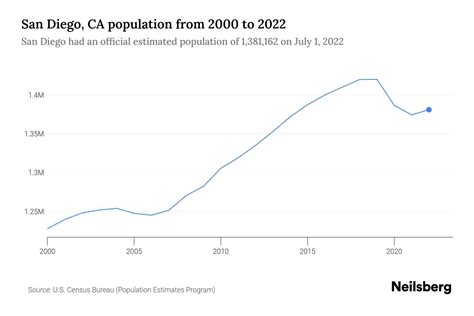The University of California San Diego (UC San Diego) is a world-renowned public research university located in La Jolla, California. Known for its academic excellence, cutting-edge research, and vibrant student life, UC San Diego attracts a diverse and talented student body from around the world. This article provides a comprehensive overview of the university’s demographics, including enrollment, gender distribution, ethnic diversity, international student population, and socioeconomic backgrounds.

Enrollment and Demographics Over Time
UC San Diego’s enrollment has grown steadily over the years. In the fall of 2021, the university reported an enrollment of 39,313 students, including 29,443 undergraduates and 9,870 graduate students.
The undergraduate population is predominantly female, with women accounting for 52% of the student body. In terms of ethnicity, White/Caucasian students comprise the largest group (39%), followed by Asian/Pacific Islander (38%), Hispanic/Latino (19%), African American/Black (4%), Native American (1%), and others (7%).
International Student Population
UC San Diego is a popular destination for international students. In the fall of 2021, there were 5,486 international students from 118 countries enrolled at the university. This represents approximately 14% of the total student population. The largest proportion of international students comes from China (34%), followed by India (13%) and South Korea (7%).
Socioeconomic Backgrounds
UC San Diego is committed to providing access to higher education for students from all socioeconomic backgrounds. In the fall of 2021, approximately 17% of undergraduates were first-generation college students, and 39% were Pell Grant recipients.
The university offers a range of financial aid programs, including scholarships, grants, and work-study opportunities, to support students from low-income families. UC San Diego has also established several outreach programs to encourage students from underrepresented backgrounds to pursue higher education.
Gender Distribution by Academic Field
The gender distribution of students varies by academic field. In the fall of 2021, women comprised the majority of students in the College of Arts and Humanities (62%), the School of Social Sciences (60%), and the School of Education (73%). In contrast, men accounted for a larger proportion of students in the Jacobs School of Engineering (71%), the Rady School of Management (60%), and the Division of Physical Sciences (61%).
Race and Ethnicity by Academic Field
The distribution of students by race and ethnicity also varies by academic field. In the fall of 2021, Asian/Pacific Islander students were the largest ethnic group in the College of Arts and Humanities (51%), the Jacobs School of Engineering (68%), and the Division of Biological Sciences (51%). White/Caucasian students were the largest ethnic group in the Rady School of Management (49%) and the School of Education (44%). Hispanic/Latino students were the largest ethnic group in the School of Social Sciences (32%).
International Students by Academic Field
International students are well-represented across all academic fields at UC San Diego. In the fall of 2021, international students accounted for 20% of the student population in the College of Arts and Humanities, 17% in the Jacobs School of Engineering, 16% in the Division of Biological Sciences, and 14% in the Rady School of Management.
Conclusion
The University of California San Diego is a diverse and vibrant academic community that attracts students from all walks of life. The university’s commitment to academic excellence, research, and student success makes it a popular destination for both domestic and international students. As the university continues to grow and evolve, it is expected that its demographics will continue to reflect the changing composition of society.
